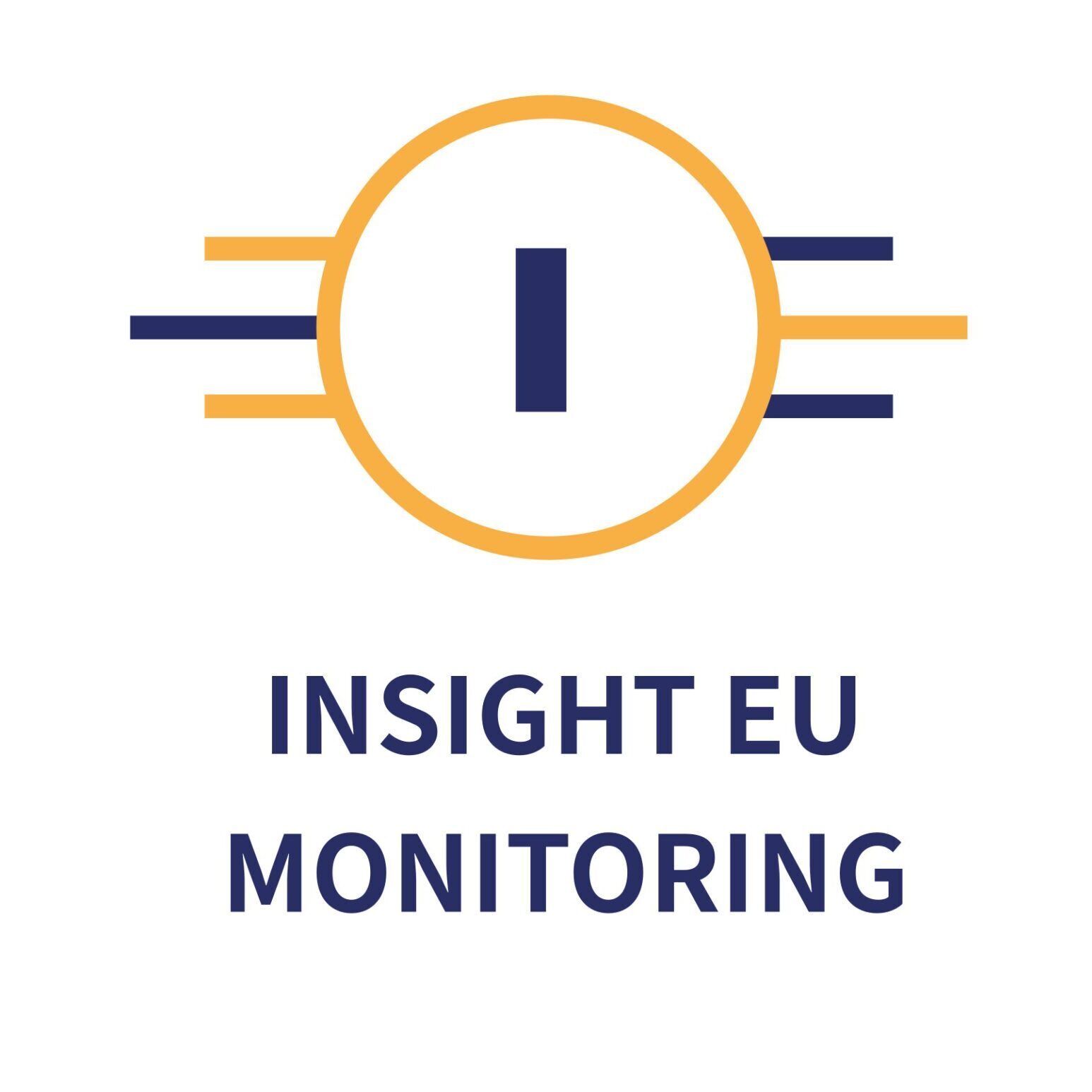Brussels, 7 June 2022
From mobile phones to digital cameras, consumers will soon be able to use a single charger for all their portable electronic devices.
By autumn 2024, USB Type-C will become the common charging port for all mobile phones, tablets, and cameras in the EU, Parliament and Council negotiators agreed today.
The provisional agreement on theamended Radio Equipment Directive, establishes a single charging solution for certain electronic devices. This law is a part of a broader EU effort to make products in the EU more sustainable, to reduce electronic waste, and make consumers’ lives easier.
Under the new rules, consumers will no longer need a different charging device and cable every time they purchase a new device, and can use one single charger for all of their small and medium-sized portable electronic devices. Mobile phones, tablets, e-readers, earbuds, digital cameras, headphones and headsets, handheld videogame consoles and portable speakers that are rechargeable via a wired cable will have to be equipped with a USB Type-C port, regardless of their manufacturer. Laptops will also have to be adapted to the requirements by 40 months after the entry into force.
The charging speed is also harmonised for devices that support fast charging, allowing users to charge their devices at the same speed with any compatible charger.
Better information and choice for consumers
Consumers will be provided with clear information on the charging characteristics of new devices, making it easier for them to see whether their existing chargers are compatible. Buyers will also be able to choose whether they want to purchase new electronic equipment with or without a charging device.
These new obligations will lead to more re-use of chargers and will help consumers save up to250 million euro a yearon unnecessary charger purchases. Disposed of and unused chargers areestimatedto represent about 11,000 tonnes of e-waste annually.
Encouraging technological innovation
As wireless charging technology becomes more prevalent, the European Commission will be empowered to develop so-called delegated acts, on the interoperability of charging solutions.
Quote
Parliament’s rapporteurAlex Agius Saliba (S&D, MT)said: “Today we have made the common charger a reality in Europe! European consumers were frustrated long with multiple chargers piling up with every new device. Now they will be able to use a single charger for all their portable electronics. We are proud that laptops, e-readers, earbuds, keyboards, computer mice, and portable navigation devices are also included in addition to smartphones, tablets, digital cameras, headphones and headsets, handheld videogame consoles and portable speakers. We have also added provisions on wireless charging being the next evolution in the charging technology and improved information and labelling for consumers”.
Press conference
On Tuesday, 7 June, from 12.30 CEST, Parliament’s rapporteur Alex Agius Saliba (S&D, MT) and Commissioner for the Internal Market Thierry Breton gave a joint press conference in the European Parliament’s press conference room in Strasbourg.
More details on how to follow are available in thismedia advisory.
Watch the recording of the press conferencehere.
Next steps
After the summer recess, Parliament and Council will have to formally approve the agreement before it is published in the EU Official Journal. It will enter into force 20 days after publication and its provisions will start to apply after 24 months. The new rules would not apply to products placed on the market before the date of application.
Background
In the past decade, Parliament has been continuouslycallingon the Commission to table a proposal on a common charger solution. Thelegislative proposalwas tabled on 23 September 2021.
Source: European Parliament
Consumers win with the S&Ds: a common charger for mobile devices is a reality
Consumers will no longer be obliged to buy a new charger together with their purchase of an electronic device if their old charger is compatible. Instead, buyers will be able to choose whether to purchase a new device with or without a charging device. This has been made possible thanks to the efforts of S&D vice-president Alex Agius Saliba who is the European Parliament’s negotiator on the matter with the European Commission and the Member States in the Council of the EU. The new rules will mean that consumers will now be able to use a single charger for all their portable electronics, which is an important step to increase convenience and reduce waste.
MEP Alex Agius Saliba, S&D Group vice-president and EP negotiator on the matter of a common charger, said:
“By autumn 2024, the USB Type-C will become the common charging port for all mobile phones, tablets and cameras. As for laptops, the date is set for the end of 2025. This is one of the greatest achievements of our group, having a direct impact on all citizens wherever they live in the EU. This is good for your pocket, but also undoubtedly good for the environment. The agreement reached today is amending the existing Radio Equipment Directive. My work on it as the European Parliament’s chief negotiator and the outcome of the negotiations today reflect the deepest convictions of the entire S&D Group – products should be sustainable, to reduce electronic waste and make consumers’ rights easier.
“The European Commission’s proposal was a solid base to start building on. Moreover, the S&Ds made it possible to extend the scope of devices covered by the new rules for a common charger. The result of the deal we reached today will now include mobile phones and similar devices such as tablets; digital cameras; headphones and headsets; handheld videogame consoles and portable speakers that are recharged via a wired cable to be equipped with a USB Type-C port, regardless of the device brand, so that the same charger can be used for all those different devices. We added to the list laptops, e-readers, earbuds, keyboards, computer mice, and portable navigation devices.
